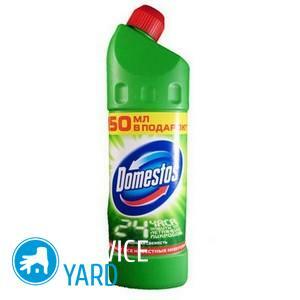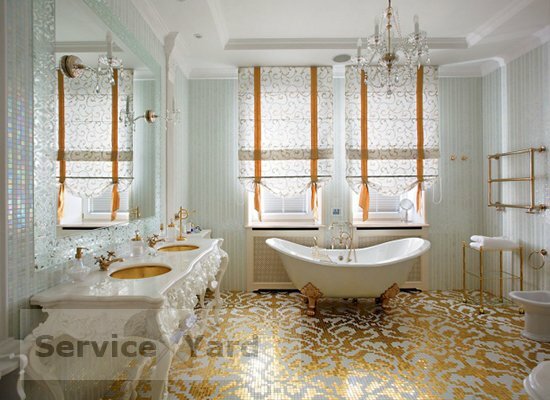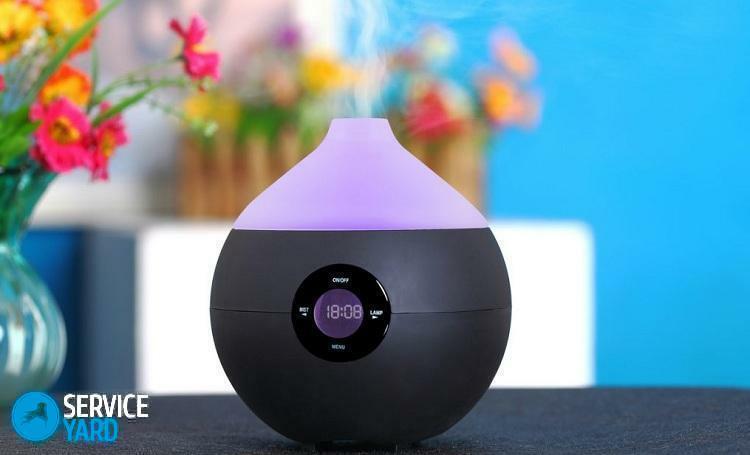Contents:
- Azalea: description, popular varieties and their characteristics
- Creating optimal conditions for growing indoor rhododendron
- Transplanting and breeding azaleas at home
- Possible problems and methods for their solution
Thanks to its simultaneously unique and universal decorative appeal, the rhododendron is one of the mostpopular houseplants. Care for azalea is quite simple, but consists of a number of important nuances, non-observance of which can lead to a flower in a deplorable state. Success depends not only on the creation of a suitable environment at home, but also on the quality of traditional manipulations. Each azalea variety has its own specifics, but the basic recommendations for all cases are the same.
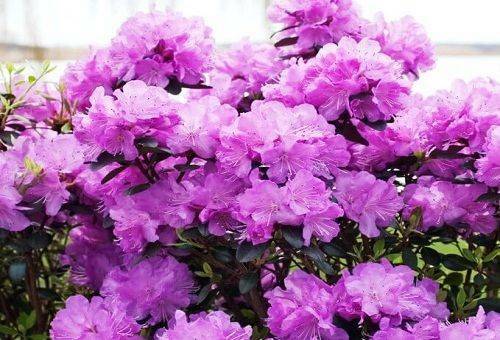
Azalea: description, popular varieties and their characteristics
The appeal of rhododendrons is based not only on the appearance of the inflorescences, but also on the original form, as well as on the coloring of the leaves. Young seedlings are characterized by the presence of reddish hairs in veins, the shape of evergreen leaves can be varied. The flower is small, medium and large, separately standing or collected in lush inflorescences. If properly and quality care for a life-loving plant, you can count on its abundant flowering in the autumn-spring period.
To date, room azalea is represented by almost four hundred varieties, which, for ease of classification, are divided according to the period of flowering. The most popular are the following representatives of the family:
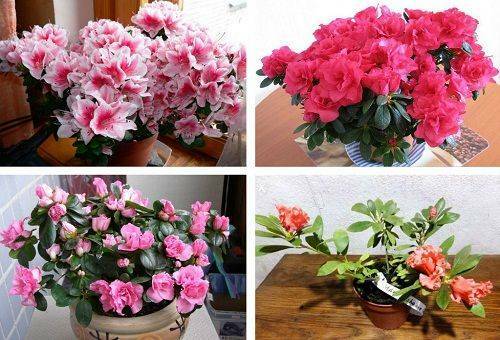
- Early blossoming( flowering occurs in December-January). This group includes Dresden 1936 with its large medium-terry flowers of a rich pink hue, Anzette with even more massive pink inflorescences and Weiss Shemme - a white variety with a pink tint.
- Medium-weighted( January-March). The most popular are Apollo( complex flowers with patterns of red-brick color) and Kunt Erven( massive bright scarlet terry buds).
- Late Night Bells( February-April).Most often at home, gardeners prefer to grow Hexae( average flowers of a rich wine shade) and Sakuntalu( huge blue-white terry buds).
In addition, in many houses you can meet Japanese azalea. It is easy to distinguish by its abundant flowering with original funnels of various shades.
Creation of optimal conditions for growing indoor rhododendron
Complete azalea care begins with its first minutes of stay in a new location. If a capricious, but resistant plant in the pot is properly placed and provide the appropriate environment, we can assume that half the case is done.
- Requirements for lighting. Light is welcome bright, but not direct. Growing a plant will not cause any special problems if it is provided with an optimum level of scattered light. In dry and warm weather, the flower can be carried out on a loggia or balcony, without forgetting to provide it with a good shadow.
- Features of the temperature regime. Room azalea is quite demanding on the level of temperature and its stability. The main enemies of green planting are heat and stuffiness. The formation of flower buds is possible only at a temperature of 6-10 ° C, it will have to be kept from October to December. For the flowering period, the indicator should be raised to 15-17 ° C.If immediately after the appearance of flowers the temperature is lowered by a couple of degrees, the azalea will bloom a little longer.

Advice: It is strictly forbidden to place a sensitive flower in the immediate vicinity of central heating sources. Cultivation should occur in conditions that are as close to natural as possible.
- Rules for quality and safe watering. In order not to care for a sick plant, you need to monitor the moisture content of the soil in the pot. Earth's clod should not dry up! In this case, excess water must be regularly drained from the pan. In properly organized home conditions rhododendron should be watered no more often than once in two days. Water should be used at least 2 days old or boiled and cooled. Spraying is not superfluous. This manipulation will have to be abandoned only during the flowering period.
- Choosing the soil. Azalea should be planted with acid soil. To do this, it is better to contact the appropriate store, this ensures that the product does not contain parasites and bacteria. When making soil mixtures at home, care must be taken to ensure that it is disinfected. Most often, a solution of potassium permanganate is used for this purpose.
- Fertilizers. Mineral top dressing can only be profile. Any substitute will have a negative effect on the "queen" of indoor plants.
If you had to leave for a while and during this period there was no one to take care of the plant, after returning you will need to carry out the procedure for its revitalization( provided that the soil has dried up completely).To do this, the flower pot is half immersed in the corresponding water, then we put it on the pallet, so that the excess liquid is glassy.
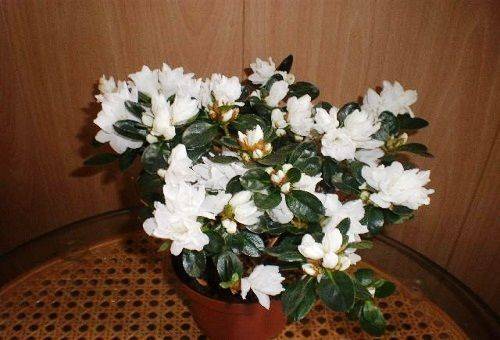
Transplantation and reproduction of azaleas at home
After each flowering of the rhododendron, it must be transplanted. At home, it's pretty simple. Most often the procedure takes the form of one of two manipulations:
- If the room azalea is quite young or the planting of plants still seems somewhat complicated and problematic, you can simply pass the flower directly with an earthen lump into a new pot. After that, the plant is grown according to the basic rules of transplantation.
- For those who already have basic skills in handling green areas, another method is more suitable. Carefully get the azalea from the pot along with the root system, which we lower into a container with a little warm water. We keep the flower in the liquid for about half an hour, during this time the pieces of land should move away from the roots. If necessary, remove the remaining lumps with a shower from the watering can.
Landing is carried out only after it is possible to make sure that there are no decayed areas on the root system. We cut off the problem shoots with a pruner. We move the plant into a new pot with a layer of expanded clay not less than 2 cm and carefully sprinkled with soil.
The watering of the transplanted room azaleas begins only from the third day after the manipulation. It is recommended to add zircon - a drug that stimulates the growth of the root system. Fertilizers are recommended not to be introduced earlier than in a couple of months.
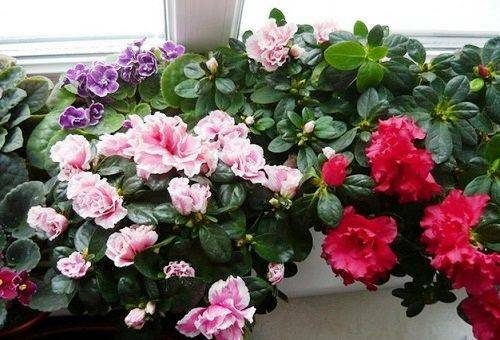
Reproduction of rhododendron at home is done with the help of beginners to lignify cuttings. Manipulation is rather complicated, laborious and troublesome. It requires a considerable amount of skills and knowledge in gardening, otherwise the cultivation of the sample will be problematic. It is much easier to buy a young flower right away.
Possible problems and methods for solving them
If you take care of azalea correctly and regularly, then it will bring a minimum of trouble. Violation of the rules for keeping the green plantation in the home is fraught with the following problems:
- If the planting was carried out with a violation of soil mixing technology and the substrate turned out to be too acidic, the tips of the plant shoots will fade markedly. In the absence of the necessary skills, it is better to use ready-made mixtures.
- Azalea, not pleasing with its lush flowering, most often reacts in this way to a violation of the temperature regime.
- Finding a rhododendron in conditions of too bright light and low humidity often leads to foliage falling and decreasing decorativeness.
- Indoor azalea is susceptible to pest attack. If its cultivation is accompanied by the appearance of traces of the presence of ticks, it is necessary to conduct appropriate treatment. In the early stages of infection, it is sufficient to treat affected areas with soap. In extreme cases, the flower will have to be sprayed with Carbophos or Actellik.
With high-quality care azalea can become a real home decoration. Do not be afraid of the difficulties in working with a capricious beauty, all problems can be solved, resulting in a beautifully flowering plant.
We advise you to read the article: care for guzemnie

